Fifth Dimension by The Byrds
Buy Fifth Dimension The Byrd‘s third album, released in the summer of 1966, Fifth Dimension saw a change both in style and personnel for the folk-rock group. Earlier in the year Gene Clark, […]
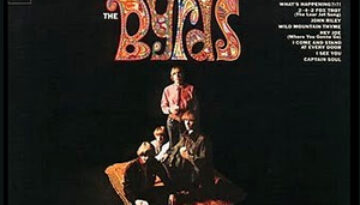
Buy Fifth Dimension The Byrd‘s third album, released in the summer of 1966, Fifth Dimension saw a change both in style and personnel for the folk-rock group. Earlier in the year Gene Clark, […]

Buy Excitable Boy Excitable Boy was Warren Zevon’s follow up to his self-titled 1976 album which established Zevon as a rising talent in the Los Angeles singer/songwriter community. Once again, Zevon teamed up […]
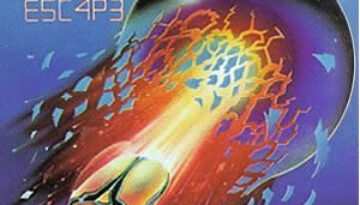
Buy Escape Rarely does a band become more successful after one of its founders and leader departs from the group. Greg Rollie was the original lead singer, keyboardist, and overall and heart and […]
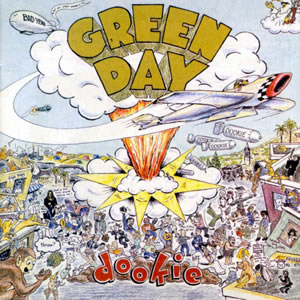
Buy Dookie Produced by Rob Cavallo, Dookie is the third overall album by Green Day and their major label debut. The album became a commercial success worldwide, driven by five hit singles, an […]

With their 5th album, Van Halen decided to take a less intense approach. Diver Down was developed by accident as the band, exhausted from constant touring and the production of four studio albums […]

Buy Departure Journey continued their climb to rock superstardom with 1980’s Departure, the group’s highest charting studio album of the six with founding keyboardist and vocalist Gregg Rolie. This album contains a diverse […]
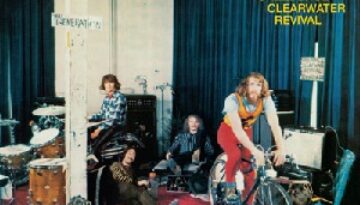
Buy Cosmo’s Factory If nothing else, Cosmo’s Factory is a unique and unconventional album in its structure and approach, as it starts out oddly and packs all its pop/rock firepower towards the back […]
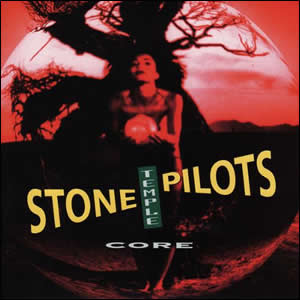
Buy Core Around 1990, a hard rock band from San Diego, CA called Mighty Joe Young recorded a demo featuring some unorthodox musical styles, such as funk and yodeling and soon began to […]
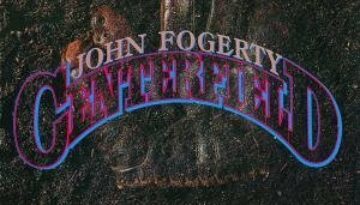
Buy Centerfield A true solo album in every sense of the word, Centerfield, features John Fogerty writing every song as well as playing every instrument on those songs. Simple in composition while rich […]

Buy Californication In 1999, Red Hot Chili Peppers released their seventh studio album, Californication. This would become the group’s most successful album internationally, selling more than 15 million copies worldwide. Lyrically, this record […]